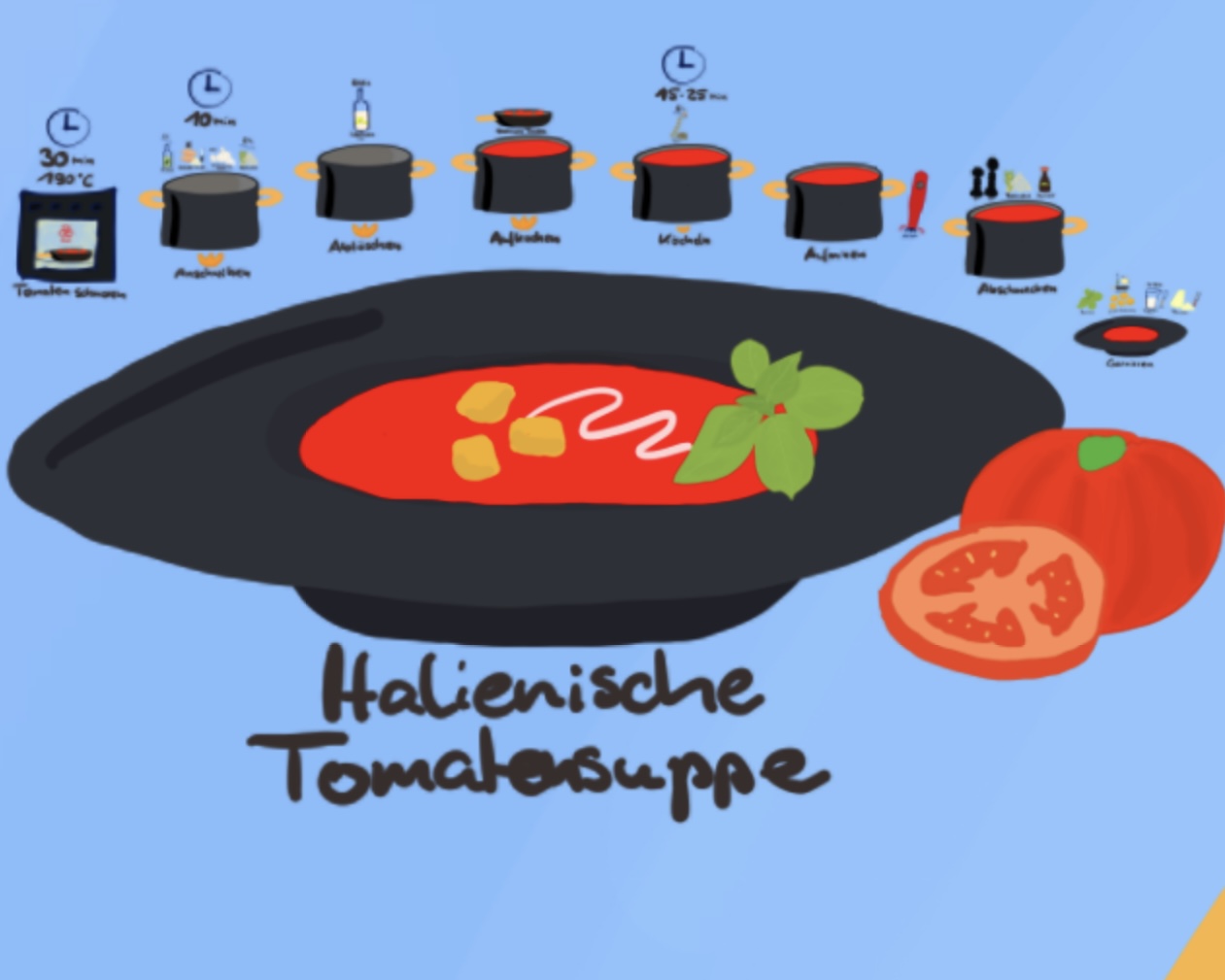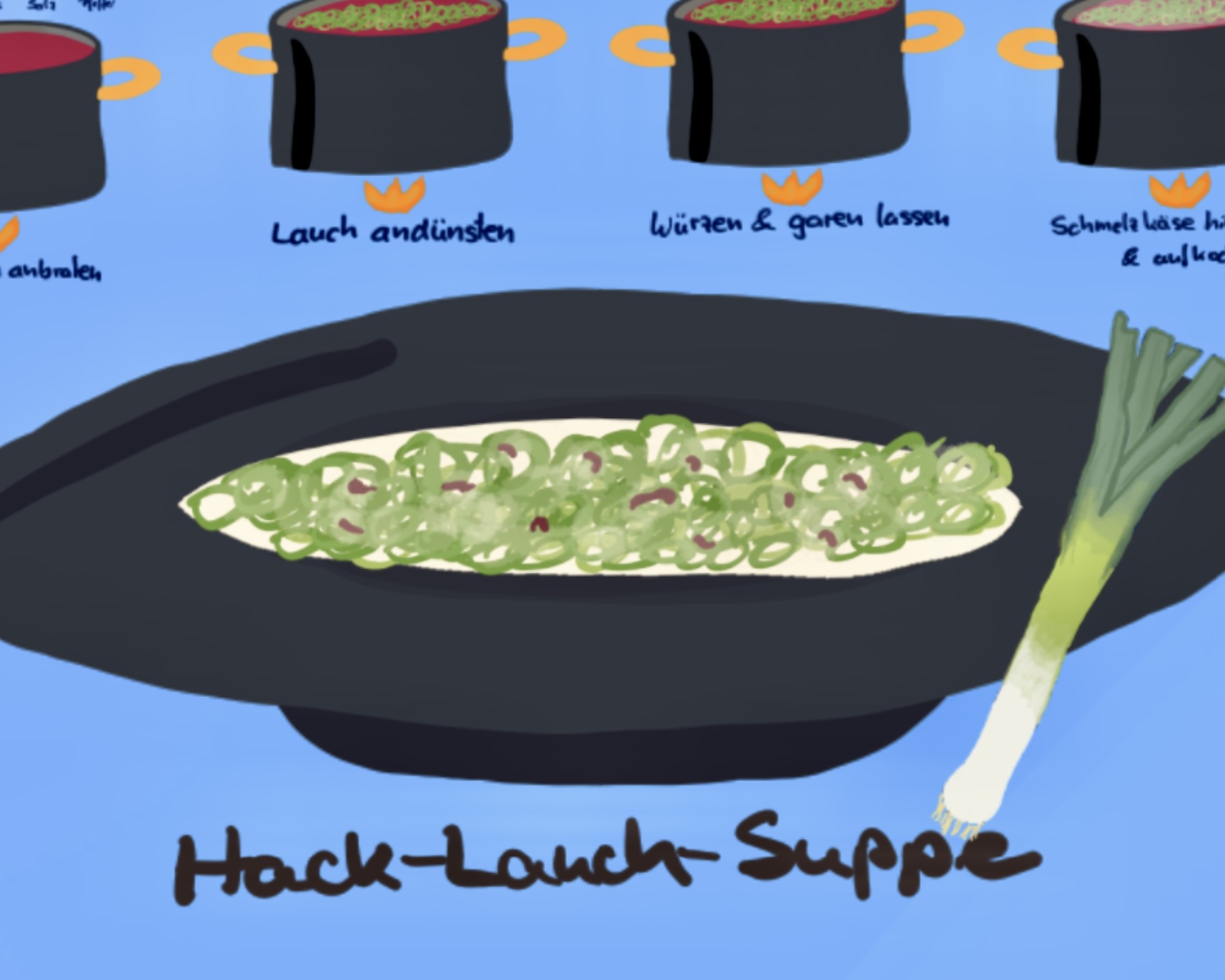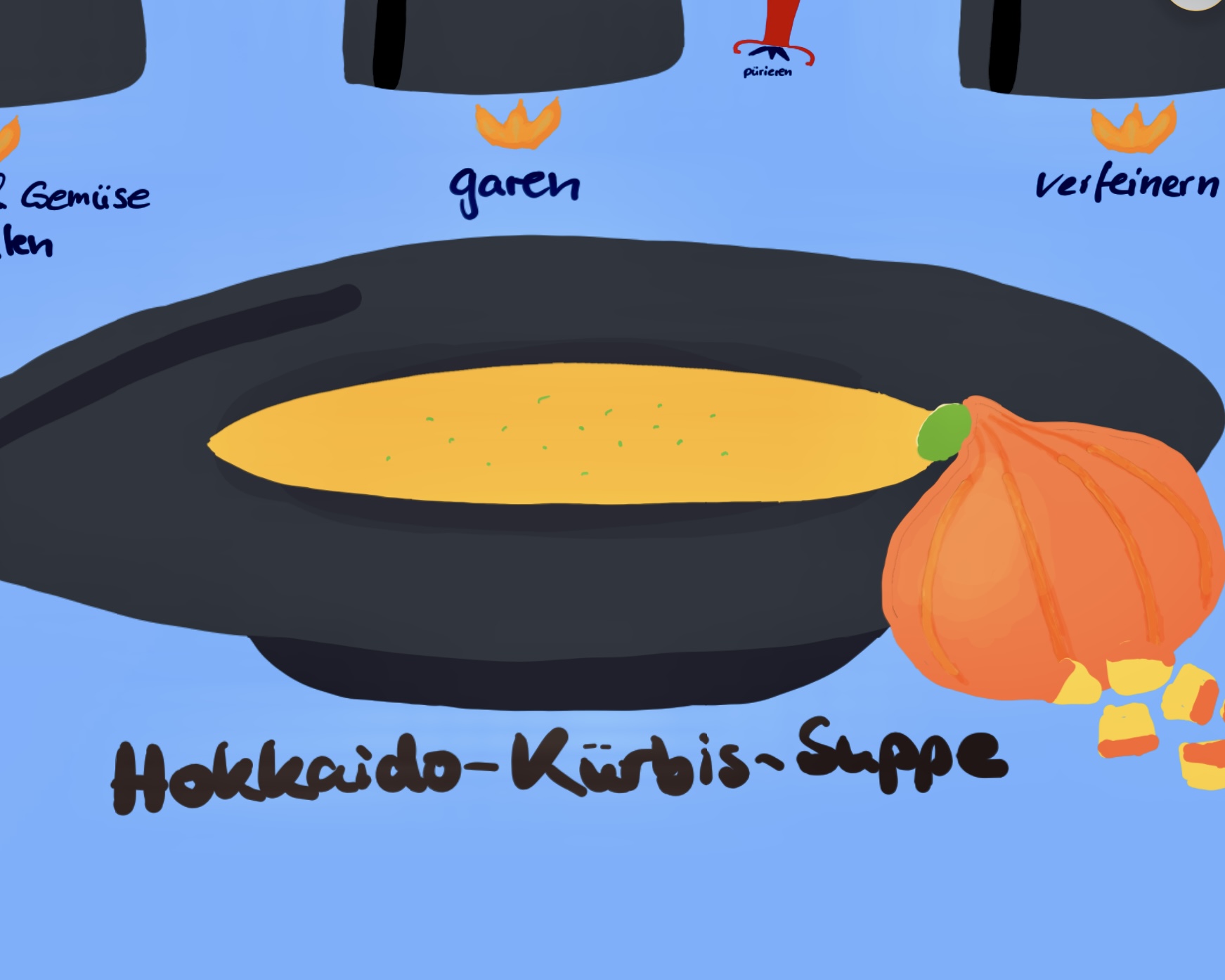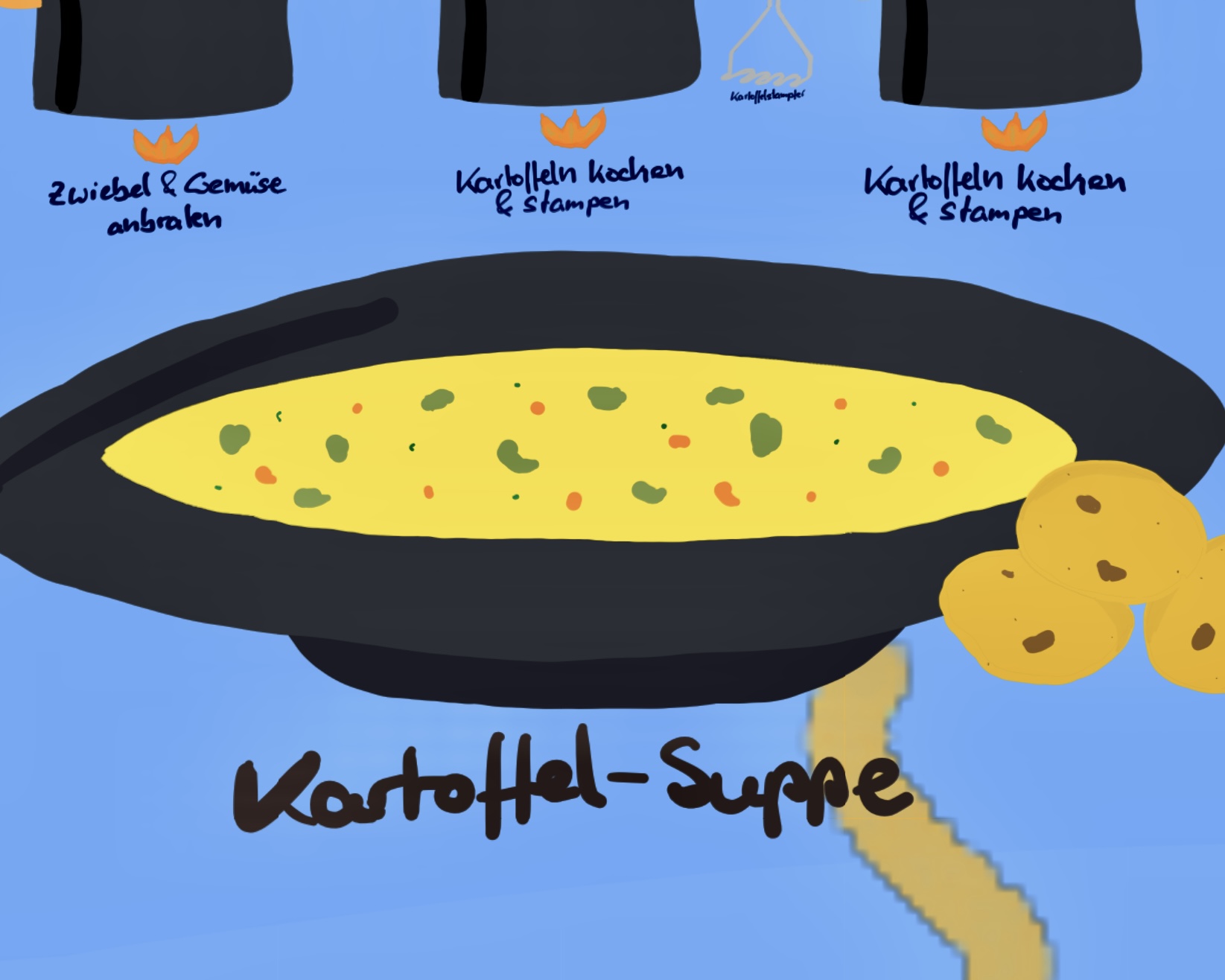Cassoulet Recipe – Slow-Cooked Beans, Sausage & Rustic Crust
Instructions: Tap the Map & Cook Along 👇
Cassoulet: A Rustic Embrace from the Heart of France
In the realm of French cuisine, where elegance meets rusticity, cassoulet stands as a testament to the soulful, comforting embrace of traditional cooking. This hearty stew, originating from the sun-drenched lands of southern France, particularly in regions like Languedoc, is a celebration of simplicity and depth of flavor. Cassoulet is not just a dish; it's a culinary journey through history, culture, and the art of slow cooking. Let's explore the rich tapestry of cassoulet and discover why this dish continues to capture the hearts of food enthusiasts around the world.
The Soul of Cassoulet
At its heart, cassoulet is a peasant dish, designed to feed and warm the soul. It weaves together the humblest of ingredients—white beans, duck or goose confit, sausages, and sometimes pork or lamb—into a rich, slow-simmered stew that's both comforting and surprisingly complex. The magic of cassoulet lies in its ability to transform simple components through the patience of slow cooking, resulting in a dish that's greater than the sum of its parts.
A Tapestry of Ingredients
The foundation of any cassoulet is the white beans, tender and creamy, absorbing the flavors of the meats and broth in which they're cooked. The choice of meat varies by regional and personal preference, from the luxurious duck or goose confit of Toulouse to the hearty pork shoulder of Castelnaudary. What remains constant, however, is the layering of flavors: the richness of the meats, the sweetness of the beans, and the aromatic presence of herbs like thyme and rosemary, all melded together under a crusty breadcrumb topping.
The Ritual of Cooking
Preparing cassoulet is a ritual, a labor of love that rewards patience and care. The process often spans over a couple of days, from soaking the beans to slowly simmering the stew until the flavors are fully married. The final step, baking the cassoulet with its breadcrumb topping until it forms a golden crust, is a moment of culinary alchemy. This crust is traditionally broken and stirred back into the cassoulet several times before serving, creating a rich, thick texture that's unmistakably characteristic of the dish.
Cassoulet: A Celebration of Community
More than just a meal, cassoulet is a celebration of community and tradition. It's a dish that's meant to be shared, brought to the table in its cooking vessel and served generously. The act of gathering around a steaming pot of cassoulet is a reminder of the communal roots of cooking and the joy of sharing good food with loved ones. In France, entire festivals are dedicated to cassoulet, underscoring its importance in culinary and cultural heritage.
Beyond Tradition
While deeply rooted in tradition, cassoulet also invites experimentation. Contemporary chefs and home cooks alike have embraced variations, introducing new ingredients or adapting the recipe to suit modern tastes and lifestyles. Whether it's a vegetarian version bursting with seasonal vegetables or a quick rendition that seeks to capture the essence of cassoulet in less time, the spirit of the dish remains—a celebration of flavor, heartiness, and the art of cooking.
Conclusion
Cassoulet is a journey through the flavors, history, and traditions of southern France, offering a window into the soul of rustic French cuisine. It's a dish that reminds us of the power of slow cooking, the beauty of simple ingredients, and the importance of meals shared with others. Whether enjoyed in a cozy countryside inn or at your own dining table, cassoulet provides a warm, rustic embrace that's hard to forget, inviting you back time and again to savor its rich, comforting flavors.




